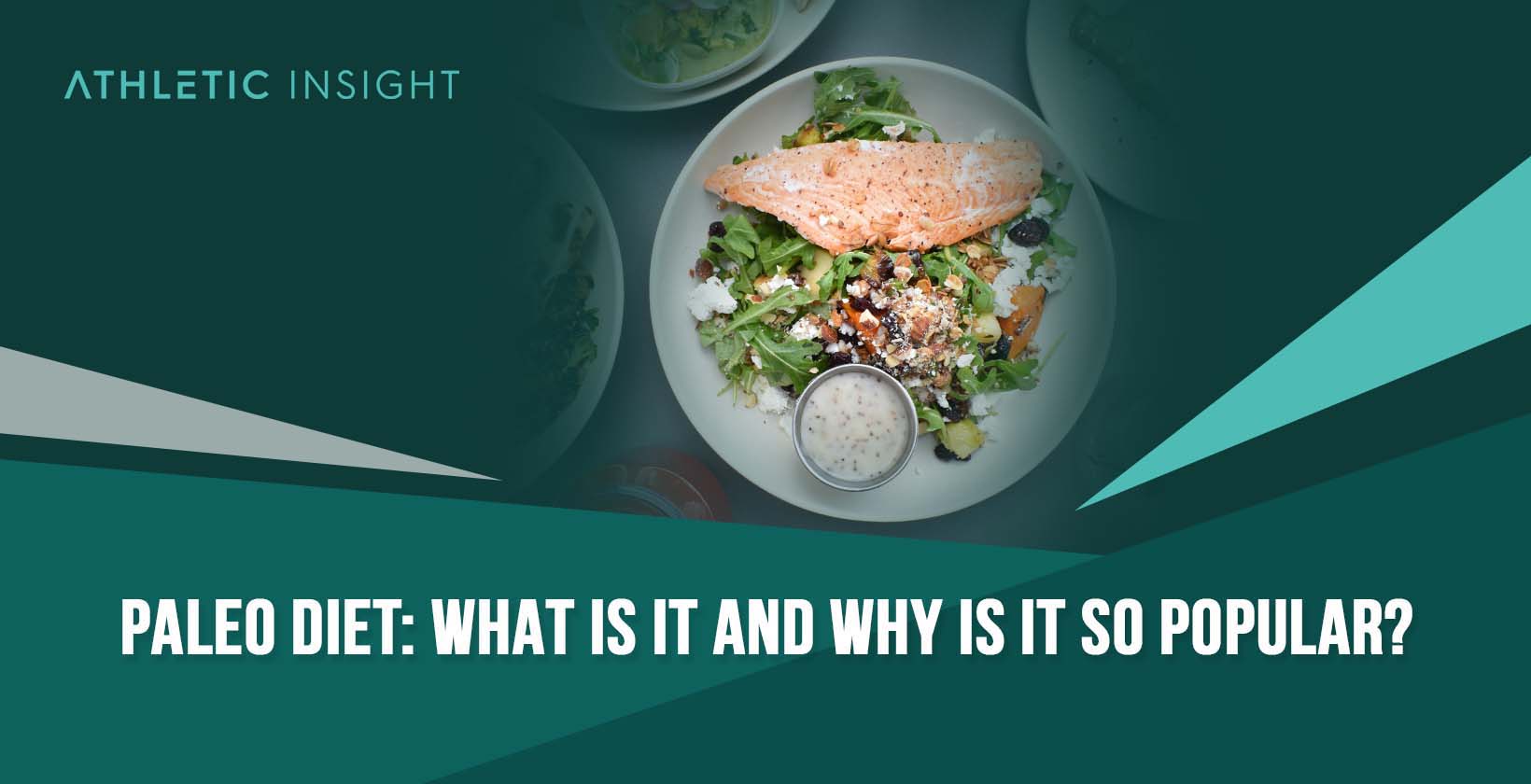Are you curious about a diet that promises more than just weight loss, but a profound connection to our ancestral roots? The Paleo Diet advocates a return to the eating patterns of our pre-agricultural ancestors.
This article discusses what happens when you ditch modern processed foods for a menu of meats, nuts, and fresh produce can impact your health. The article will also dissect the scientific rationale behind consuming foods that our bodies are evolutionarily designed to digest, while considering the sustainability and practicality of adopting such a diet in today’s fast-paced world.
What is the Paleo Diet?
The paleo diet, also known as the “Paleolithic Diet,” is an eating method based on the diet of early humans. The idea behind the paleo diet is that the human body is ill-adapted to the post-agricultural foodstuffs available today.
Proponents of the paleo diet hold that a hunter-gatherer type diet has been the norm for most of human existence. Paleo diet foods include vegetables, fruits, nuts, and animal proteins—anything that humans living in hunter-gatherer societies could have eaten.
The diet comes from the Paleolithic Era, which began approximately 2.5 million years ago and ended in roughly 10,000 B.C. Since most human developments occurred during this era, paleo diet advocates argue that the human body has not had enough time to adapt dietary-wise.
Paleo enthusiasts usually avoid, or consume sparingly, the traditional agricultural staples such as grains, legumes, and dairy products. The paleo diet has become very popular because it can help reduce the risk of many chronic health conditions, such as diabetes, obesity, and heart disease.
Paleo rules and guidelines are clear and concise, making the paleo diet an attractive option for anyone wanting to take back control of their diet.
How Does The Paleo Diet Work?
Since the human body has had little time to adapt to diets after farming became the norm, paleo supporters say that humans are not genetically equipped to accommodate a modern grain-based diet.
While healthcare professionals disagree about many aspects of the paleo eating plan, the consensus is that paleo’s emphasis on meats and proteins may be an excellent tactic to help lower blood sugar. Carbohydrates, such as grains and refined sugar, typically spike blood sugar levels within the body and contribute to insulin resistance.
The paleo menu cuts out or reduces carbohydrates, which can help lower blood sugar and diminish the need for the pancreas to produce and secrete insulin. It’s also true that cutting down on processed grains and sugar can help people lose weight and reduce obesity risks.
Increasing dietary cholesterol, which the paleo diet does, means the liver and intestines have to produce less cholesterol for digestion, easing the body’s workload.
What Are the Health Benefits of the Paleo Diet?
The paleo diet offers many health benefits beyond appearance and impacts individuals’ health and overall well-being.
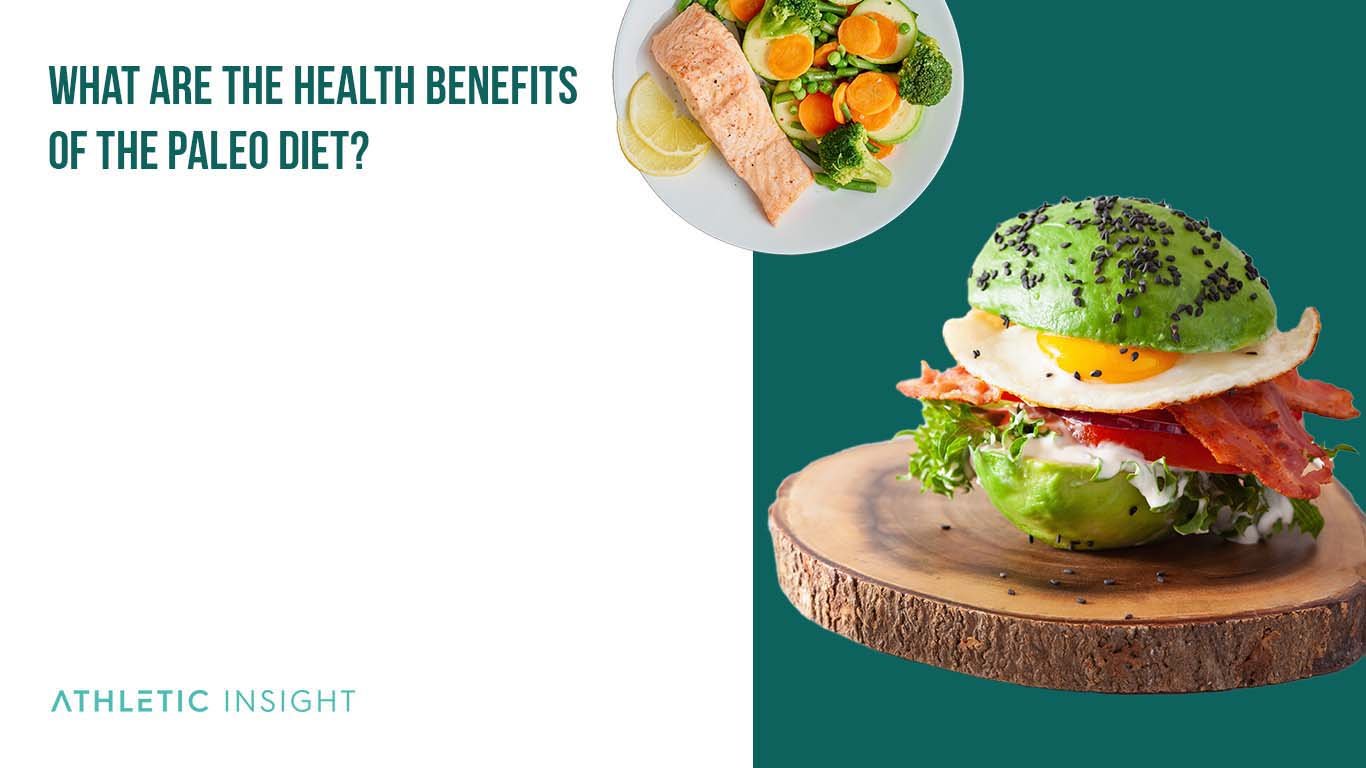
- Healthy blood glucose. Reduced sugar intake and an overall well-balanced diet built around healthy protein help lower and regulate the body’s sugar level. Healthy blood sugar is critical in managing cravings and maintaining a healthy weight.
- Improved insulin sensitivity. Proper insulin sensitivity means the body produces less insulin to process glucose. The paleo diet helps the body process glucose more effectively and limits the need for the pancreas to create more significant amounts of insulin.
- Lower blood pressure. The increased nutrition and lower amount of saturated fat eaten with the paleo diet can lower blood pressure. Higher amounts of vitamins like potassium and citrus fruits like grapefruit, oranges and lemon contribute to lower blood pressure.
- Weight management, including reduced waist circumference. Weight loss is the primary motivator for dieting, and the paleo diet has proven effective in this regard. Eating higher quality foods and limiting processed products and sugars leads to weight loss and a lower body fat percentage, increasing body composition.
- Improved cholesterol balance. The body creates 80% of its cholesterol. The paleo diet food list includes more cholesterol naturally, which requires the body to produce less. The lower need placed on the body improves the balance between good and bad cholesterol.
- Improved satiety. Food on the paleo diet is more nutrient-dense and requires more time and energy for digestion. These factors create a greater feeling of fullness which lowers overall calorie intake during the day.
- Lower all-cause mortality. All-cause mortality is the risk of death for any reason, illness, accident, disease, or medical condition. The paleo diet lowers all-cause mortality by promoting a healthy weight and increasing overall fitness.
What Are the Health Risks of the Paleo Diet?
Every diet includes health risks, which is true of the paleo diet. The main risk is a deficiency in calcium and vitamin D. It is natural for this deficiency to occur because one of the best sources to get these nutrients is dairy which is not part of the paleo diet.
The paleo diet can also increase the risk of kidney and heart disease and certain cancers. Generous permission of saturated fats is the leading cause of these conditions.
Anyone beginning a new diet or training plan should consult with their physician to make sure it is a good fit for them personally.
How To Do the Paleo Diet?
These 15 guidelines are a fantastic resource for paleo for beginners and make up the backbone of the paleo diet. They work together to promote movement, healthy eating, and overall health. If one or two are missing, the results and overall effectiveness of the paleo diet will suffer as a result.
1. It Should Be High in Fat, Moderate in Animal Protein, and Low to Moderate in Carbohydrates
Many people unfairly classify the paleo diet as being unbalanced. However, following the diet properly guarantees a good balance of each macronutrient, including fats, protein, and carbohydrates.
2. Eat Generous Amounts of Saturated Fats
Fat is the body’s most efficient and preferred source of energy. The paleo diet encourages using fat for fuel, resulting in higher satiety, fat loss, and more nutrient-dense food choices.
3. Eat Good Amounts of Animal Protein
The body uses protein to repair tissue and strengthen its immune system. Higher animal protein provides the amino acids necessary for muscle growth, cell reparation, and bone density. Animal protein is more efficient than other protein sources like a plant or soy-based versions.
4. Eat Generous Amounts of Fresh or Frozen Vegetables (Cooked or Frozen)
Vegetables in all forms help fill in the gaps left by protein and fat. A variety of different colored vegetables supplies vitamins and minerals. Vegetables also contribute the necessary fiber to digest heavy amounts of fat and protein, which help keep the digestive system regular.
5. Eat Low to Moderate Amounts of Fruits and Nuts
Fruits and nuts are allowed and encouraged in the paleo diet as well. Rather than the main course, think of fruits, seeds, and nuts as a way to add flavor and texture to an entree. Fruits are high in sugar, and nuts are high in fat and easy to overconsume, so humans should eat both foods in moderation.
6. Preferably Choose Pasture-Raised and Grass-Fed Meat From the Local, Environmentally Conscious Farm
The quality of meat matters. Locally sourced, grass-fed meat or free-range chicken is less processed and has lower preservatives than cheaper alternatives. These products are typically a bit more expensive, so adhere to a budget but aim for the healthiest option when faced with the choice.
7. Cut Out All Cereal Grains and Legumes From Your Diet
Grains and legumes are a product of the agricultural age and were unavailable during the paleolithic time frame. Essentially, they are not on the paleo diet food list. These food products are difficult to digest.
Many people have a hard time processing them but are unaware of their effect because they have never tried cutting them out. The paleo diet makes that choice an obligation, and most people benefit from doing so.
8. Cut Out All Vegetable, Hydrogenated and Partly-Hydrogenated Oils
Vegetable oils are full of trans fats and are incredibly processed. Hydrogenation is adding hydrogen to liquid fats to make them solid at room temperature. They have no nutritional value and wreak havoc on the digestive system.
9. Eliminate Added Sugar, Soft Drinks, and All Packaged Sweets and Juices (Including Fruit Juices)
Sugar is one of the leading causes of today’s obesity epidemic. Removing added sugar from beverages, sweets, junk food, and fruit juices is an excellent way to cut calories and become better hydrated.
10. Eliminate Dairy Products Other Than Butter and Maybe Heavy Cream
Dairy products came far after the paleolithic era and are not part of the paleo diet. People’s bodies have not had enough time to adjust to digesting large amounts of dairy, and many people are either lactose intolerant or sensitive.
11. Eat When You’re Hungry, and Don’t Stress if You Skip a Meal or Even Two
Learning the body’s hunger cues is a great way to regulate diet and eating habits. The paleo diet encourages more nutrient-dense foods, and people often eat less. This occurrence is natural and should not be a cause for concern.
12. Eliminate External Stressors in Your Life As Much as Possible and Sleep at Least Eight Hours per Night.
Stress releases cortisol into the bloodstream, damaging cells and invoking a fight or flight response. Human bodies can not recover under these conditions, and health progressively deteriorates. Emphasizing rest and getting adequate sleep is the first step toward better long-term health.
13. Don’t Over-Exercise, Keep Your Training Sessions Short and Intense and Do Them Only Once per Week
More exercise is not always better. Exercise stresses the body and damages cells, and people need adequate time to recover to maximize training productivity. Training smarter will always outweigh training harder.
14. Consider Supplementing With Vitamin D and Probiotics
Removing dairy, especially milk and greek yogurt, cuts out a significant source of vitamin D and probiotics from people’s diets. Supplementing with vitamins or a probiotic can be a great way to cover the loss and keep the body functioning well.
15. Play in the Sun, Have Fun, Laugh, Smile, Relax, Discover, Travel, Learn and Enjoy Life Like a Daring Adventure
Life is meant to be enjoyed. This meat and vegetable diet is about far more than just food. Find balance in activities and seek to make the most out of every day. Learning new things keeps the mind active and young and helps invoke a sense of purpose every day.
How To Start a Paleo Diet?
Starting a paleo diet is like starting any other habit. Begin by making a decision to follow the paleo diet and pick a time to begin. Anticipate the challenges and find a successful way to overcome each one.
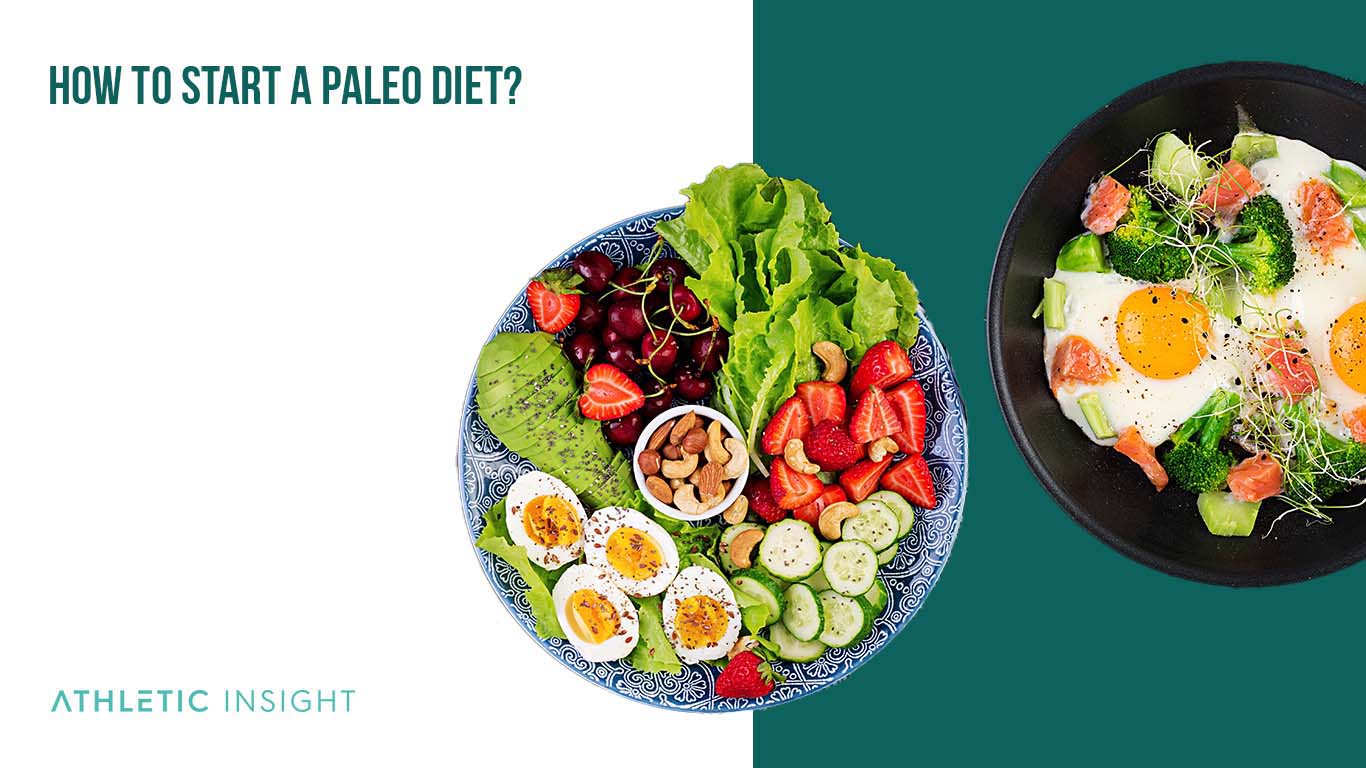
Next, look through the refrigerator and pantry and get rid of foods that are not allowed. People tend to eat whatever food is available in their homes, so make sure everything is compliant with the ultimate goal.
It is beneficial having someone to walk with on the journey. Find a friend or family member for inspiration and encouragement.
Mistakes during the paleo diet include not anticipating the challenge and assuming that partial compliance will produce the same results. There are no cheat days when retraining the body to eat and process food. Go all in and commit to the task.
What Are the Foods That You Can Eat While on a Paleo Diet?
The paleo diet emphasizes certain foods over others, with protein, fats, and healthy produce making up the foundation. Below are the categories and specific foods that follow the paleo diet food list.
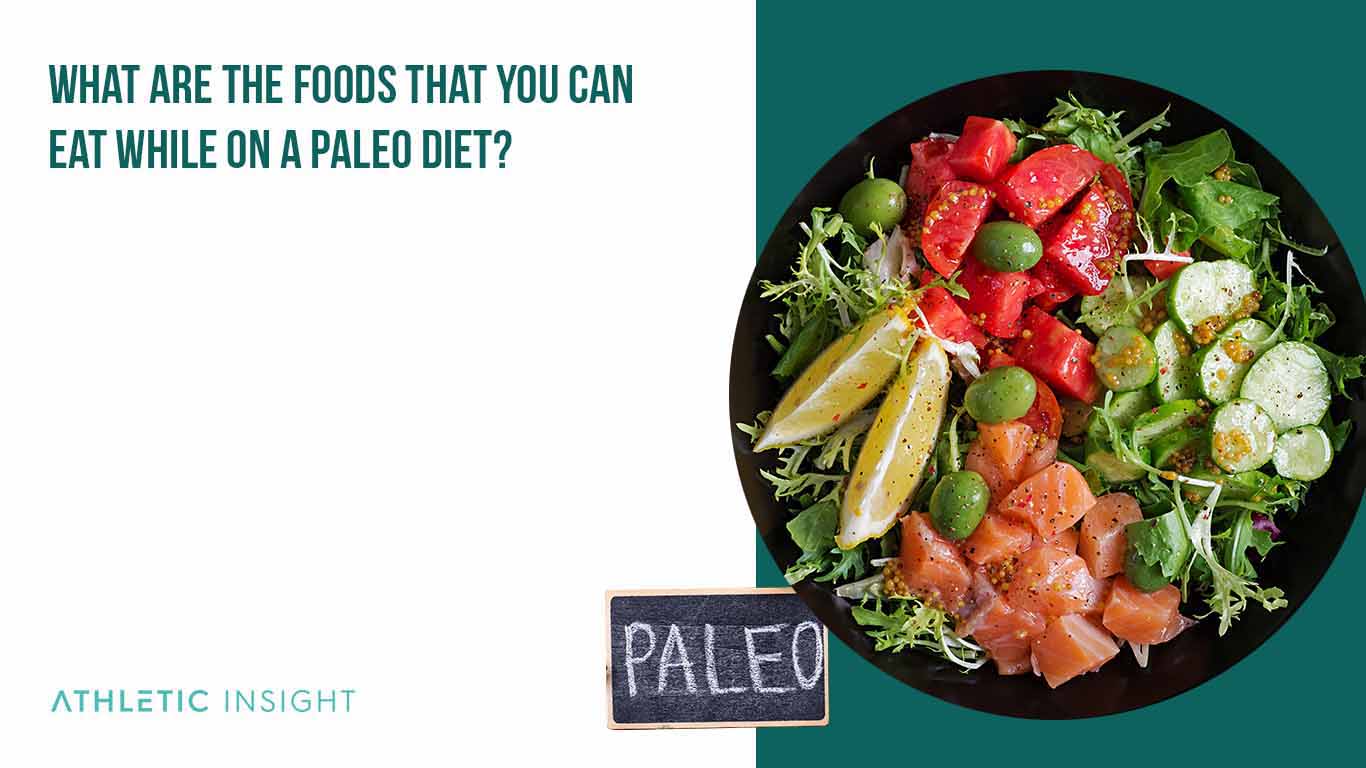
- Meat – Meat is an ideal source of protein and fat and is encouraged in the paleo diet almost without limits. Beef, pork, chicken, sausage, bacon, bison, lamb, and goat are all allowed and part of eating the paleo diet.
- Fish and seafood – Liberally eat fish, another excellent source of protein. Give preference to salmon, shellfish, tuna, and other fish low in mercury.
- Eggs – Eggs are the perfect combination of fat and protein. Enjoy them in every way possible.
- Vegetables – Eat a wide variety of fresh, frozen, or canned vegetables. Eating a variety of colors ensures that the body will get an assortment of vitamins and minerals that it needs to be healthy.
- Fruits – All fruit is generally allowed. Certain high-sugar fruits (banana, grapes, or pineapple) might need to be limited to keep blood sugar low and help maintain a healthy weight.
- Tubers – Sweet potatoes and regular potatoes were off-limits for paleo dieters, but they are perfectly acceptable and provide the necessary energy for athletes and anyone living an active lifestyle.
- Nuts and seeds – Almonds, walnuts, sunflower seeds, cashews, or pistachios are all allowed and provide a healthy source of fats and make for a great snack.
- Healthy fats and oils – Coconut oil, extra virgin olive oil, grapeseed oil, flaxseed, macadamia, and avocado oil are all permitted and allowed on the paleo diet.
- Salt and spices – Salt and spices can be used liberally and freely. Many premade seasonings contain gluten or wheat. These need to be replaced with something simpler or natural.
- Herbs and spices – Herbs are great for adding taste and texture to meals. The paleo diet allows almost all herbs and spices without restriction.
- Beverages – Keep calories out of beverages. Coffee, water, iced tea, and tea are all perfectly acceptable. Alcohol, soda, flavored coffee drinks, and jolt cola add unnecessary calories and sugars that are not ideal for following the paleo diet.
What Are the Foods That You Should Avoid While on a Paleo Diet?
Eating paleo involves a certain amount of restrictions. The paleo food list below is what to avoid when following the paleo diet.
- Sugar and high-fructose corn syrup. Most people would benefit from limiting the number of sugars and HFCS that come from foods like soda, chips, candy, and highly processed foods. These foods have little to no nutritional value, increase cravings, and make regulating blood sugar difficult.
- Grains – corn, wheat, rye, and other grains are not included in the paleo diet due to their low nutritional value and high amount of carbohydrates. Many people also have difficulty digesting grains and the leptins they contain, which can cause diarrhea, indigestion, and leaky gut syndrome.
- Legumes – beans, peanuts, kidney beans, and peas are products of the agricultural age and are not allowed.
- Dairy – refrigeration was not part of the decor in paleolithic man’s cave, and dairy didn’t exist. Many people have lactose intolerance or sensitivity and benefit from leaving dairy products out of their diet.
- Some vegetable oils – most vegetable oils are highly processed and don’t contain the healthy fats that the body requires. Most vegetable oils are excluded for this reason and the fact that they are grain or legume products.
- Trans fats – are made by adding hydrogen to liquid vegetable oils and fats to make them solid at room temperature. Trans fat is processed, artificial, and has no nutritional value.
- Artificial sweeteners – these are highly processed and, obviously, artificial. Paleo-approved sweeteners are stevia, honey, and maple syrup.
- Highly processed foods – don’t occur naturally and involve lots of artificial ingredients. The more processed a food is, the lower its nutritional value typically.
- Sauces – typically contain high amounts of sugars and carbs or are derived from grain products and therefore are not allowed in the paleo diet.
- Alcoholic Beverage – beer, spirits, and liquor have high sugar content and typically contain high amounts of carbohydrates.
What Are Some Facts About the Paleo Diet?
Understanding as much as possible about any significant change in life is helpful. Some of the major questions regarding what the paleo diet is are answered below.
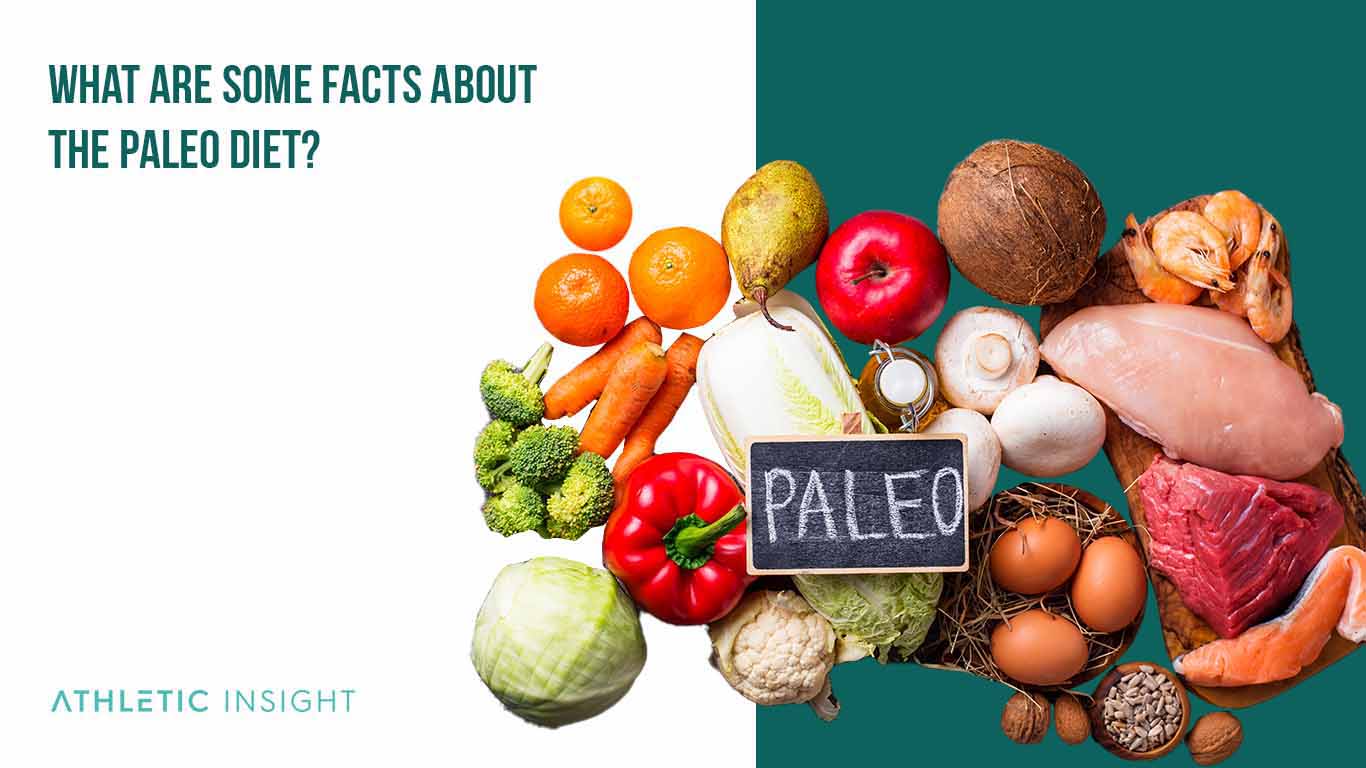
What is the Difference Between Paleo Diet and Caveman Diet?
The paleo diet and the caveman diet are the same diet. Similar to other diets, it occassionally gets called seperate things.
Is the Paleo Diet Worth Trying?
Yes, the paleo diet is worth trying for anyone who wants to improve their health and is willing to make adjustments to their diet. A couple of months is enough time to know whether or not the paleo diet is a viable option long-term and whether or not you should stick with it or find a more appropriate nutrition plan.
Is the Paleo Diet Expensive?
No, eating the paleo diet does not need to be expensive. A handful of foods and beverages will be eliminated or reduced, namely processed foods, dairy products, and alcohol. Lean proteins and fresh produce intake can add up, but they don’t need to.
Pork and turkey are cheaper alternatives to more expensive cuts of beef and deliver the same amount of protein. The food products themselves may be more expensive per item, but people should be eating less because of the higher satiety they provide.
Any diet can be expensive, but it should not be a reason to avoid eating paleo. Lower health costs and less medication are two very realistic expectations that help make the paleo diet cost-effective.
Who Should Do the Paleo Diet?
Anyone wanting to take control of their diet and improve their health will benefit from trying paleo meal plans. It may not be the right long-term solution for everyone, but most people benefit from moving more, eating more whole and less processed foods, and holding themselves more accountable for what they eat.
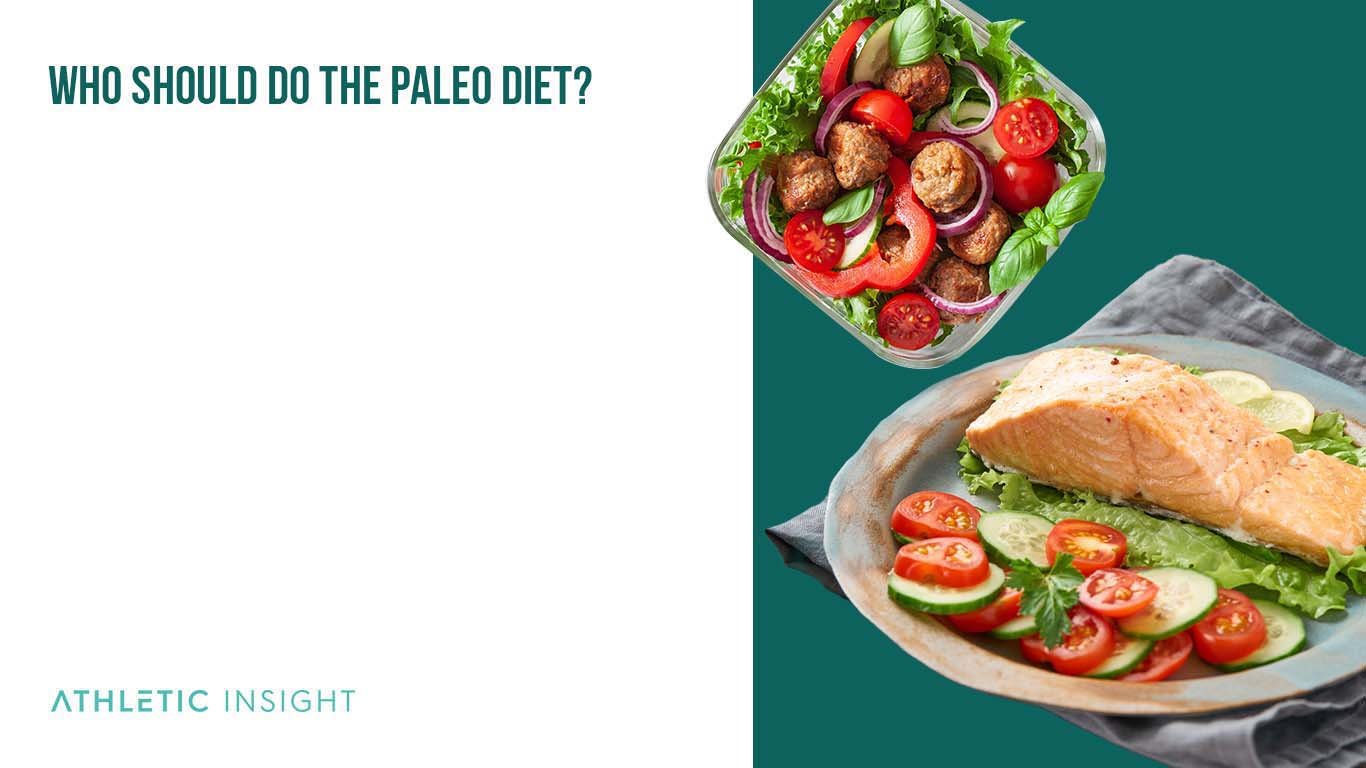
What Are Paleo-Friendly Recipes for Beginners?
Eating on the paleo diet does not have to be complicated. Build meals around protein, add in vegetables and tubers and serve fruit, nuts, and seeds on the side. Here is a possible paleo meal plan.
- Breakfast might be three to four eggs, topped with salsa and with a side of bacon. Coffee or tea to drink.
- Lunch can be a salad of mixed greens and fresh vegetables topped with grilled chicken, bacon bits, and a vinaigrette or olive oil dressing.
- Dinner might be a turkey or beef chili. There are countless ways to make delicious chili, and recipes are easy to find on the internet. Sides like paleo cornbread or desserts round out meals.
- Paleo snacks are also easy to find or make. Beef jerky, dried fruits, fresh fruit, or vegetables are easy, simple, and paleo compliant.
Following the paleo diet does not need to be complicated. The most challenging part lies in learning new habits and changing the approach to food, but this is true about any lifestyle change.
How Many Calories Can You Consume When Doing the Paleo Diet?
The paleo diet meal plan does not have a calorie recommendation or restriction. If a person wants to lose weight, they need to be in a caloric deficit or consume fewer calories than they burn each day. This rule is true for the paleo diet or any other nutrition plan.
What Is the Initial Reaction of the Body to Paleo?
The first fifteen days of following the paleo diet are the most shocking to the body. It is normal to experience hunger cravings and feel a strong urge to eat processed and sugary foods if they were a part of the diet before.
On the positive side, it is customary to see immediate weight loss and feel lighter, sleep better and have a clearer mind. Cutting out carbs and sugars helps the body use fat as fuel which is more efficient and effective and has fewer ups and downs.
Carbohydrates are the primary way the body stores water, so cutting out carbs will decrease water retention. Much of the initial weight loss is derived from water loss.
What Is the Proposed Time Frame for the Paleo Diet?
The Paleo diet is more of a lifestyle than a crash diet meant for immediate results. It can sound like a cliche, but following the paleo diet is meant to transform a person’s life.
Diets like the Whole 30 or exclusion diets last for a short time and allow the body to reset. The paleo diet changes a person’s outlook on food for an extended time, if not the rest of their lives.
Two weeks is enough time to see immediate results from a drastic change in diet. The paleo diet can deliver noticeable results in that short window as a person cuts out carbohydrates and added sugars. Weight loss and changes in body composition slow over time but following the paleo diet will continue to provide benefits.
Is the Paleo Diet Healthy?
Yes, the paleo diet plan is healthy for most people. Increasing protein and produce consumption and lowering the number of sugars and processed foods is almost always a healthy move. Anyone with serious health conditions like kidney or heart disease needs to consult their doctor to ensure that higher amounts of fat are acceptable.
Is Paleo a Good Choice for Blood Sugar Management?
The paleo diet can be an excellent choice for anyone needing to manage their blood sugar, including individuals with diabetes. The lower amount of sugar in the paleo diet decreases the need for the pancreas to create insulin which is a great first step to managing blood sugar. Talk to a doctor before beginning any new diet.
Is the Paleo Diet Good for Heart Health?
Yes, the paleo diet is good for heart health. The determining factor will be the quantity of each food type eaten by the participant. Red meat, coconut oil, and bacon are all high in fats, which are bad for heart health when consumed in excess. They promote healthy body operation and provide the necessary fats for digestion and vitamin absorption.

